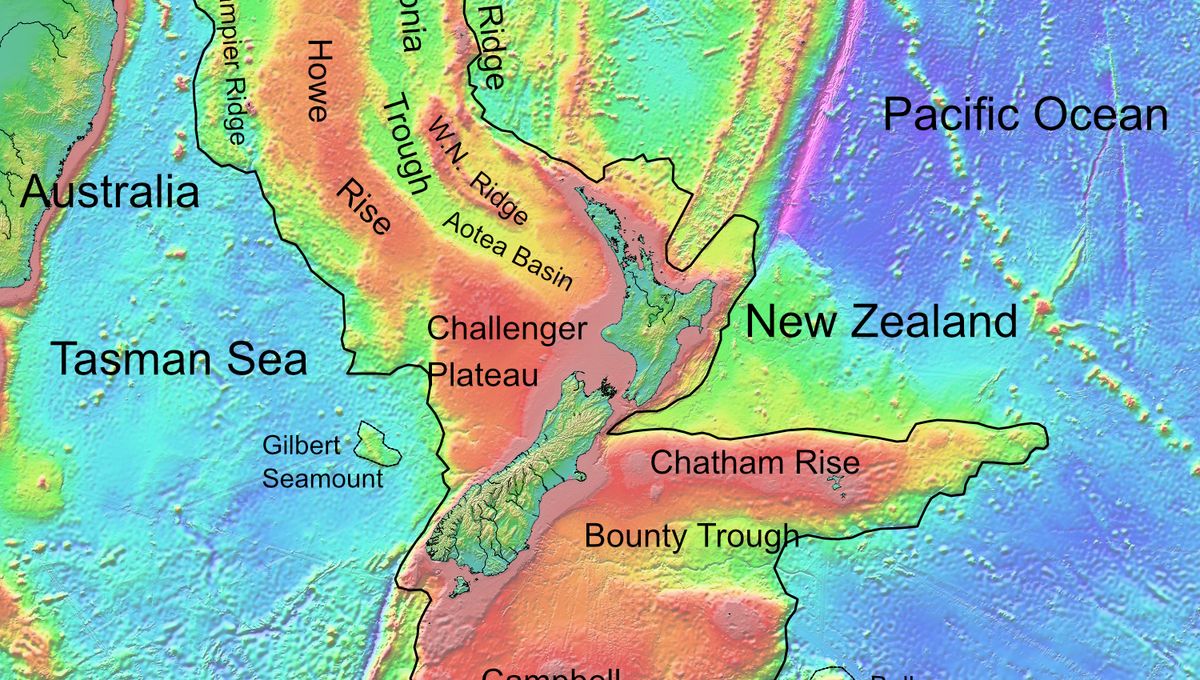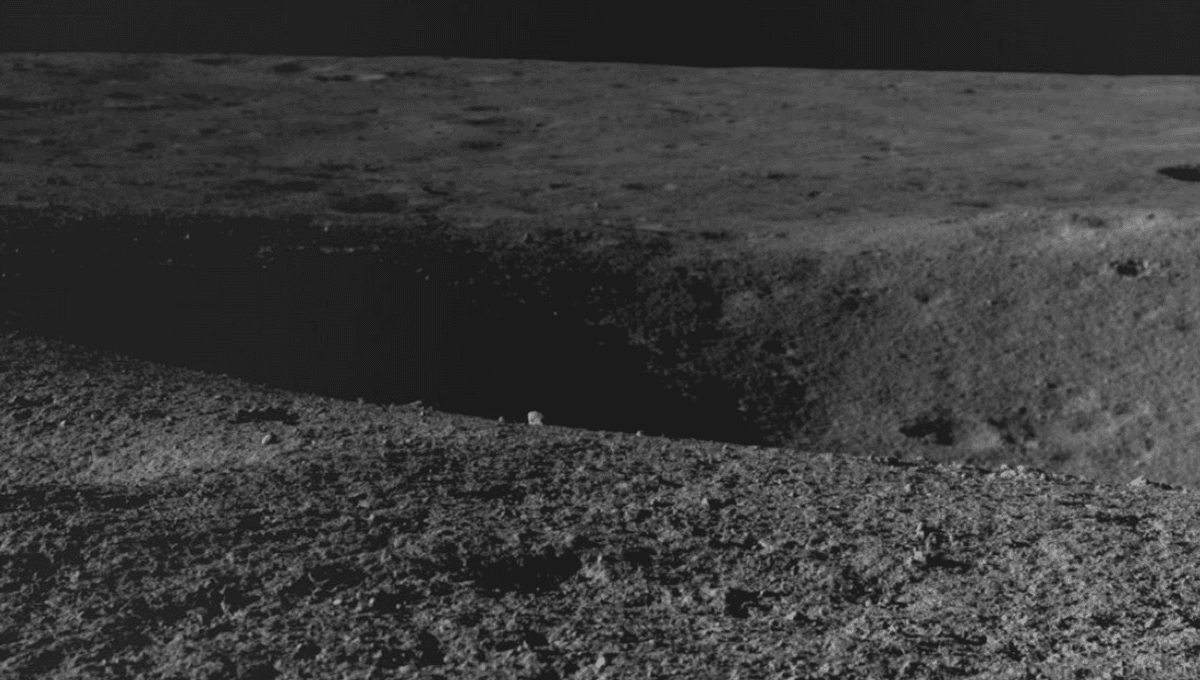Imagine a world where ancient maps held secrets and mysteries, where cartographers blended reality with imagination. For centuries, these maps hinted at a landmass in the Southern Hemisphere that remained elusive. Even now, there is so much we don’t know about this enigmatic place.
The age of discovery
The Age of Exploration brought with it a belief in the power of empirical verification and accurate measurements to create a better understanding of the world. However, cartographers of the time often combined reported data with ancient maps, blurring the lines between fact and fiction.
These ancient maps, known as mappa mundi, depicted both real and mythical locations, making it difficult to distinguish between the two. One such mythical place was Terra Australis Incognita, a landmass believed to balance the known world in the Southern Hemisphere.
References to this mysterious continent appeared in antiquity and persisted on maps until the 18th century. Explorers searched for Terra Australis in vain, until Captain James Cook set sail in 1769.
Cook explored the coast of New Zealand, but ultimately concluded that it was not the landmass he sought. Little did he know, he was looking in the wrong place, or rather, the wrong direction.
Zealandia – a hidden continent
In 2017, the world was astonished to discover the existence of an eighth continent, Zealandia. Captain Cook was right to consider New Zealand, but he should have looked beneath the waves.
Zealandia, also known as Te Riu-a-Māui to the Māori, is a massive landmass mostly submerged in the southwest Pacific. It is about two-thirds the size of Australia and is the world’s smallest, thinnest, and youngest continent.
Clues to Zealandia’s existence came from observations made by Sir James Hector, who believed that New Zealand was the remnants of a submerged mountain-chain. In the 1960s, the geological definition of a continent became clearer, leading to the proposal of Zealandia as a continent.
Interest in Zealandia grew when the United Nations brought the Convention on the Law of the Sea into force. This allowed countries to claim land within their Exclusive Economic Zone and extended continental shelf. New Zealand had strong reasons to investigate its surrounding region, leading to the accumulation of rock analysis and satellite data that confirmed the existence of Zealandia.
The sunken world and its mysteries
Despite being known for six years, Zealandia still holds many secrets. Its exploration is challenging due to its inaccessibility, submerged under more than a kilometer of water.
We do know that Zealandia was once part of the supercontinent Gondwana, but how it broke apart and why it remained as a single landmass is still a mystery. Scientists are also unsure if Zealandia was ever above water or if it has always been submerged.
These unanswered questions have implications for understanding the continent’s wildlife. Fossil evidence is scarce, but discoveries of sauropods and potentially an ankylosaur in New Zealand suggest that Zealandia may have been home to unique creatures.
Another intriguing mystery is the relationship between modern Kiwi birds and the extinct Elephant Bird of Madagascar. These two birds share a close genetic connection despite being geographically isolated. Perhaps they both descended from a common ancestor that once roamed Gondwana.
While there are still many unknowns, further analysis and exploration will undoubtedly shed more light on this captivating continent. Zealandia serves as a reminder that there are still countless discoveries waiting to be made.
Fact checkers: This information was correct at the time of publishing. Text, images, and links may be edited, removed, or added to in order to keep the information current.








